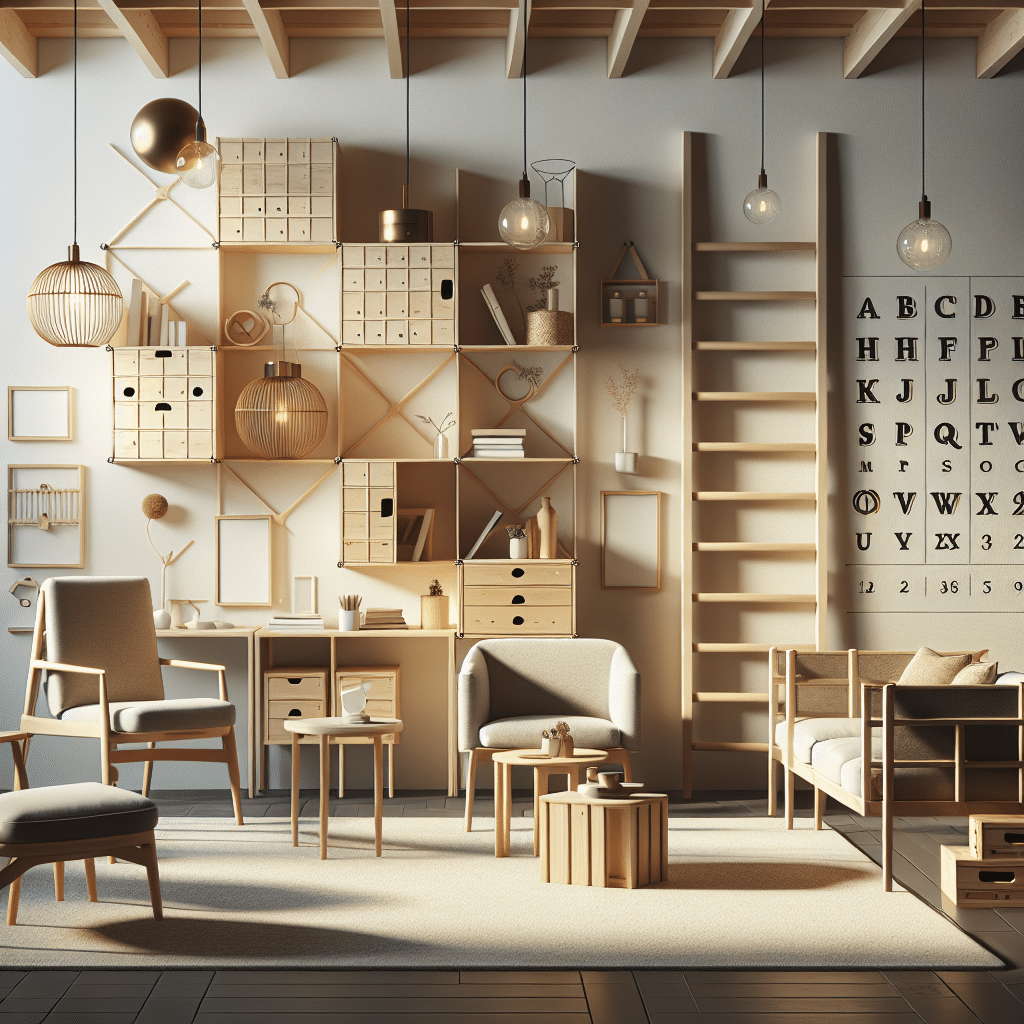Understanding Space Optimization
Space optimization is a crucial process that helps individuals and businesses make the most of their available areas. It involves organizing, arranging, and utilizing spaces to enhance functionality and aesthetics while maximizing storage and reducing clutter. With the rise of urban living and efficient design, the need for effective space optimization has grown exponentially.
The Role of Furniture in Space Optimization
Furniture plays a significant role in the optimization of any space, whether it’s a small apartment, office, or studio. When chosen wisely and used creatively, furniture can transform an area into a multifunctional space. By understanding the principles of space optimization, furniture can be more effectively recycled and repurposed, serving dual purposes and reducing waste.
Benefits of Using Recycled Furniture for Space Optimization
-
Sustainability: Using recycled furniture promotes environmental responsibility. It reduces the demand for new materials, conserves resources, and decreases waste. Sustainability-conscious consumers are gravitating towards refurbished or second-hand pieces that reduce their carbon footprint.
-
Cost-Effectiveness: Recycled furniture is often cheaper than new items. This affordability allows homeowners and businesses to allocate funds toward other essential improvements or activities, without sacrificing style or quality.
-
Unique Aesthetics: Recycled furniture often boasts unique trades, such as vintage charm or artisanal craftsmanship. Incorporating such pieces can add character and individuality to living or working spaces, creating an engaging atmosphere.
-
Versatility: Many recycled furniture items can serve multiple purposes. For instance, ottomans can double as storage units, and coffee tables with adjustable heights can serve as desks. This versatility is especially useful in small spaces where each piece of furniture must earn its keep.
Tips for Space Optimization with Recycled Furniture
1. Assess Your Space
Before incorporating recycled furniture, analyze your space’s dimensions, lighting, and layout. Measure walls, doorways, and the available square footage. Understanding these factors can guide you in determining what types of furniture will fit and function best.
2. Choose Modular Designs
Opt for modular furniture that can be rearranged as needed. This adaptability makes it easier to change the layout of a room without requiring new purchases. For example, modular sofas or shelving systems can be expanded or contracted based on the changing requirements of your space.
3. Maximize Vertical Space
When working with limited floor space, think vertically. Utilize walls for shelving instead of relying purely on floor-mounted cabinets. Wall-mounted desks and floating shelves can also free up precious ground space and create an illusion of a larger area.
4. Invest in Multi-Functional Pieces
Select furniture that serves more than one purpose. For instance, look for benches that have built-in storage, foldable chairs, or Murphy beds. These multifunctional items allow you to change the room’s function quickly while ensuring that you maintain a clutter-free environment.
5. Customize and Upcycle
Personalize recycled furniture through upcycling, which involves creatively transforming furniture into new pieces. Sanding and painting old cabinets can provide a fresh look while maintaining their functionality. This creative process not only enhances visual appeal but can also be a rewarding project.
6. Strategic Arrangement
The arrangement of furniture can significantly impact the usability of any space. Create zones within larger areas by grouping furniture into specific sections—like a reading nook or a workspace. Ensuring pathways and flow between these zones can help maintain an organized look while allowing the room to serve multiple functions.
The Impact of Color and Texture
The choice of colors and textures in recycled furniture can influence a room’s perceived size. Light colors can create an airy atmosphere and make spaces appear larger. Meanwhile, textures, such as reclaimed wood or upholstered pieces, can add warmth and dimension, enhancing the overall comfort without overcrowding.
Combining Old and New
Blending recycled furniture with contemporary pieces can yield exciting design results. Carefully select new furniture that complements the essence of the recycled items. Transitional designs can help achieve a cohesive look while marrying sustainability with modern aesthetics.
Leveraging Technology
Incorporate technology into your space optimization strategy. Interactive apps and software can help visualize how different pieces will fit within your layout. Use augmented reality applications to experiment with room layouts digitally before moving furniture physically, thus saving time and effort.
Networking for Sourcing
Join local online forums or community groups focused on sustainability or interior design. Networking with like-minded individuals can provide access to unique recycled and upcycled furniture options. Attend local flea markets, garage sales, or estate sales, which often yield hidden gems perfect for your space optimization endeavors.
Final Thoughts on Value and Function
Ultimately, space optimization using recycled furniture focuses on the interplay between value, function, and sustainability. The dynamic nature of our living environments demands furniture that accommodates change. As lifestyles evolve, furniture needs to adapt. By integrating recycled furniture into your space optimization strategy, you not only create a functional living or working environment but also contribute positively to the environment.
To maximize the effectiveness of your space, seek harmony between aesthetic appeal and practical usage. The journey of transforming a space is not merely about filling it with items but creating an environment that reflects personal style and intention while being mindful of environmental impact.
